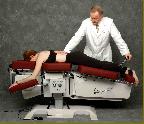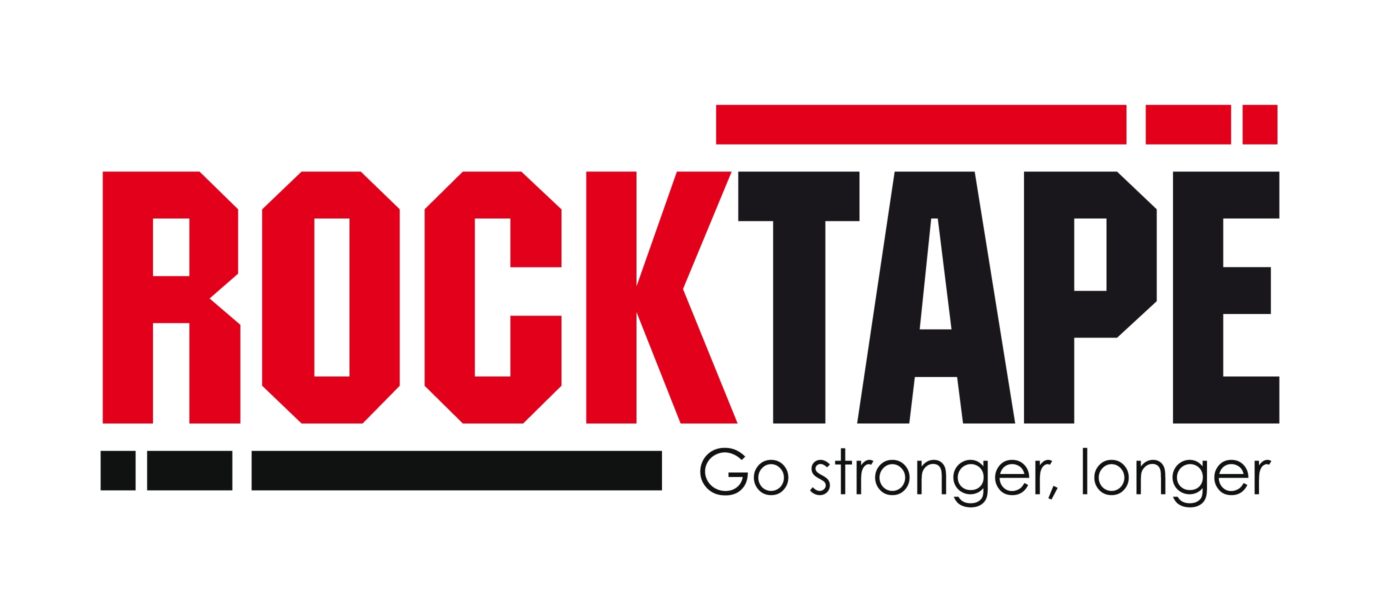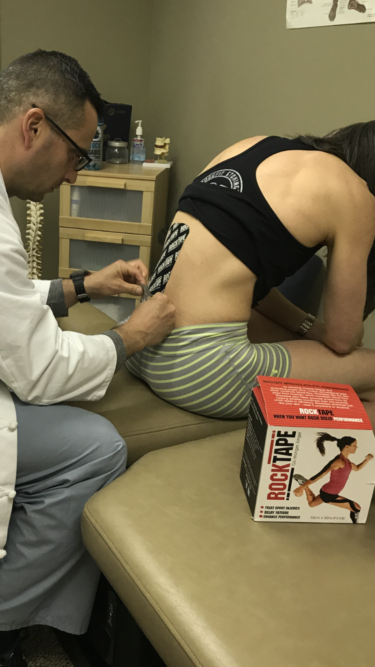Joint Mobilization
Joint mobilization is utilized on patients in which spinal manipulative therapy is not warranted, not appropriate or contra-indicated. Joint mobilization is the careful use of skillfully applied passive graded forces to move a joint in a desired direction. It is usually used to improve motion and normalize joint function. Mobilization can also be used to help control pain. Any joint that is lacking sufficient motion may be mobilized. It can be used on all regions of the spine and pelvis as well as all of the joints of the extremities such as the shoulder, wrist, hand, hip, knee, foot and ankle.
Spinal Manipulative Therapy
Manipulation is defined as a form of manual therapy, which involves movement of a joint past its usual end range of motion. This can be applied to any joint. The patient is first positioned in a way that the involved joint or joints can be isolated from the others. Then, the doctor uses his hands to apply a gentle force to the joint. This moves the joint surfaces, and usually results in a popping sound. To better understand why the “popping” sound occurs, an understanding of the structure of joints is important. A joint is made up of the surfaces of two bones that slide over or pivot around each other. These surfaces are lined with smooth cartilage and encased in an elastic tissue called the joint capsule. This capsule is filled with a fluid which lubricates and nourishes the cartilage. The fluid is pressurized and has gasses dissolved inside, similar to carbonated soda. During a manipulation, the joint capsule is stretched and some gas bubbles are released similar to the bubbles that are released when a soda bottle is opened. This is what causes the “popping” sound.
Many times, back and neck pain is the result of joints that are not moving properly. Imagine a door that only opens halfway because of a stuck hinge. You could still use it, but it is more troublesome than a door that opens fully.
What Benefits Are Derived From Joint Mobilization and Manipulation?
- Improved joint mobility
- Decreased muscle spasms & tension
- Decreased pain





